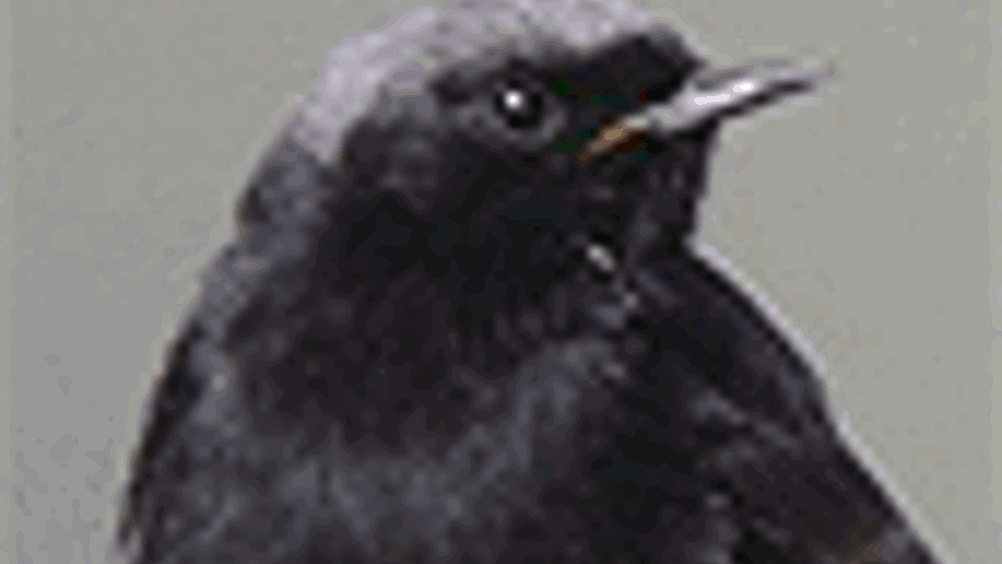Wing tone
Researchers at Birmingham University are applying pattern recognition techniques to identify the presence of bird species based on their individual song.

Researchers at
are applying pattern recognition techniques to identify the presence of bird species based on their individual song.
In collaboration with ecological consultancy
, the team is hoping to develop an automatic system that will allow ecological experts and bird enthusiasts to estimate the population size of any given bird in a particular region.
Led by Dr Peter Jancovic and Prof Martin Russell, the project will initially focus on the frequency content of birdsongs by the Black Redstart population in Birmingham.
Jancovic said: 'In principle, the technology is based on analysing how the frequency content of signal varies over time. The recorded signal is split into short-time segments (around 20ms) and for each segment frequency analysis is performed. Once we have a lot of recording for a given bird, a statistical model for the bird is then built to characterise the variations of the frequency in the signal over time.'
The process has been taken from existing speech-recognition technologies, as well as the analysis of time-varying signals used in biomedical data such as ECG signals and the modelling of DNA sequences. The team hopes to build on these systems by developing a process that will counter issues such as environmental noise and sensitivity.
Register now to continue reading
Thanks for visiting The Engineer. You’ve now reached your monthly limit of news stories. Register for free to unlock unlimited access to all of our news coverage, as well as premium content including opinion, in-depth features and special reports.
Benefits of registering
-
In-depth insights and coverage of key emerging trends
-
Unrestricted access to special reports throughout the year
-
Daily technology news delivered straight to your inbox










Breaking the 15MW Barrier with Next-Gen Wind Turbines
Hi Martin, I don´t have any detailed parameters for the 15MW design other than my reading of the comment in the report ´aerodynamic loads at blade-tip...